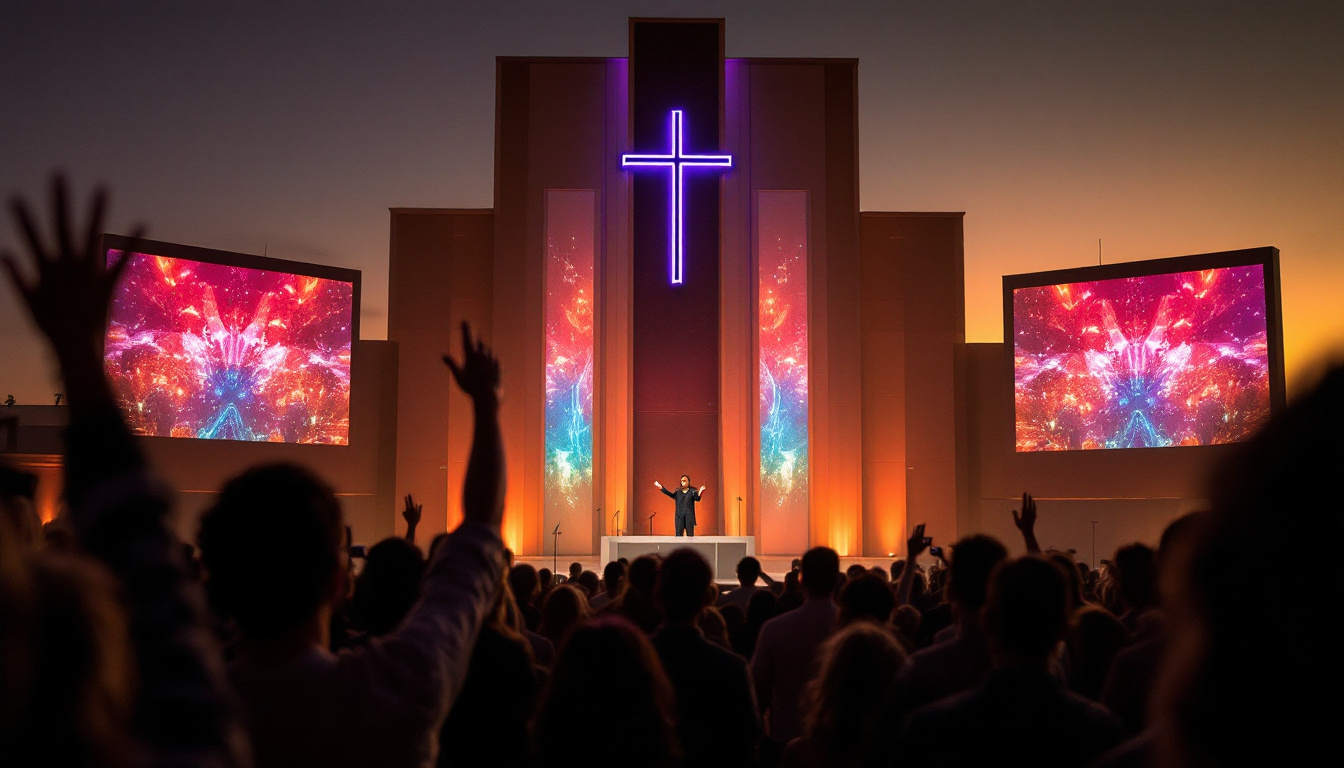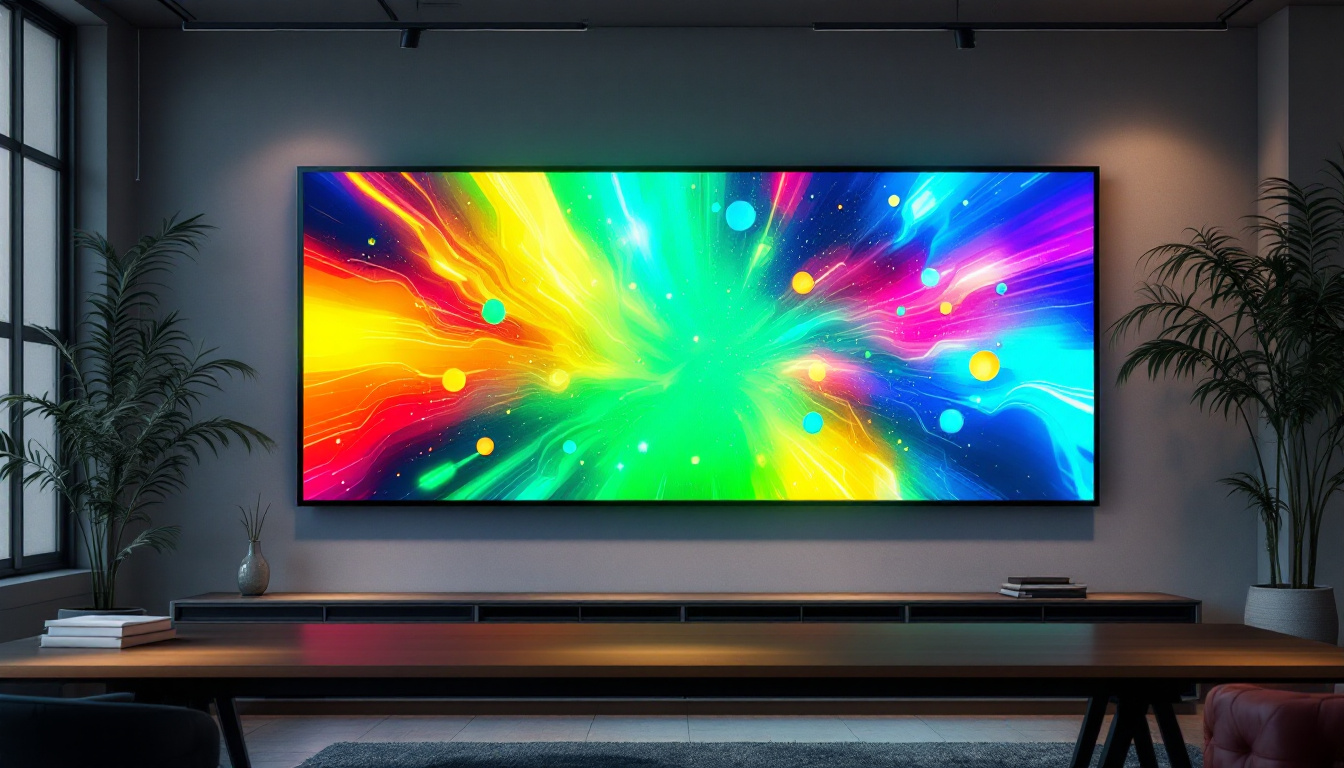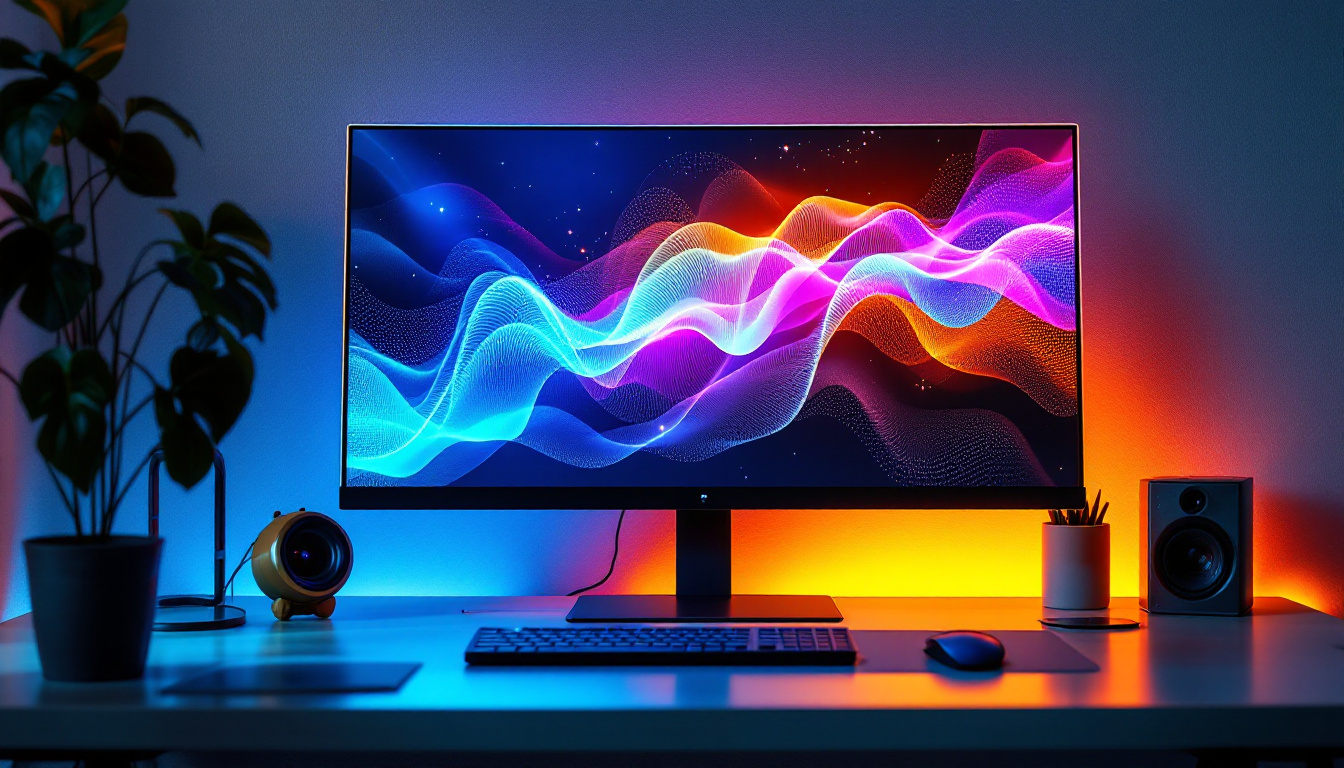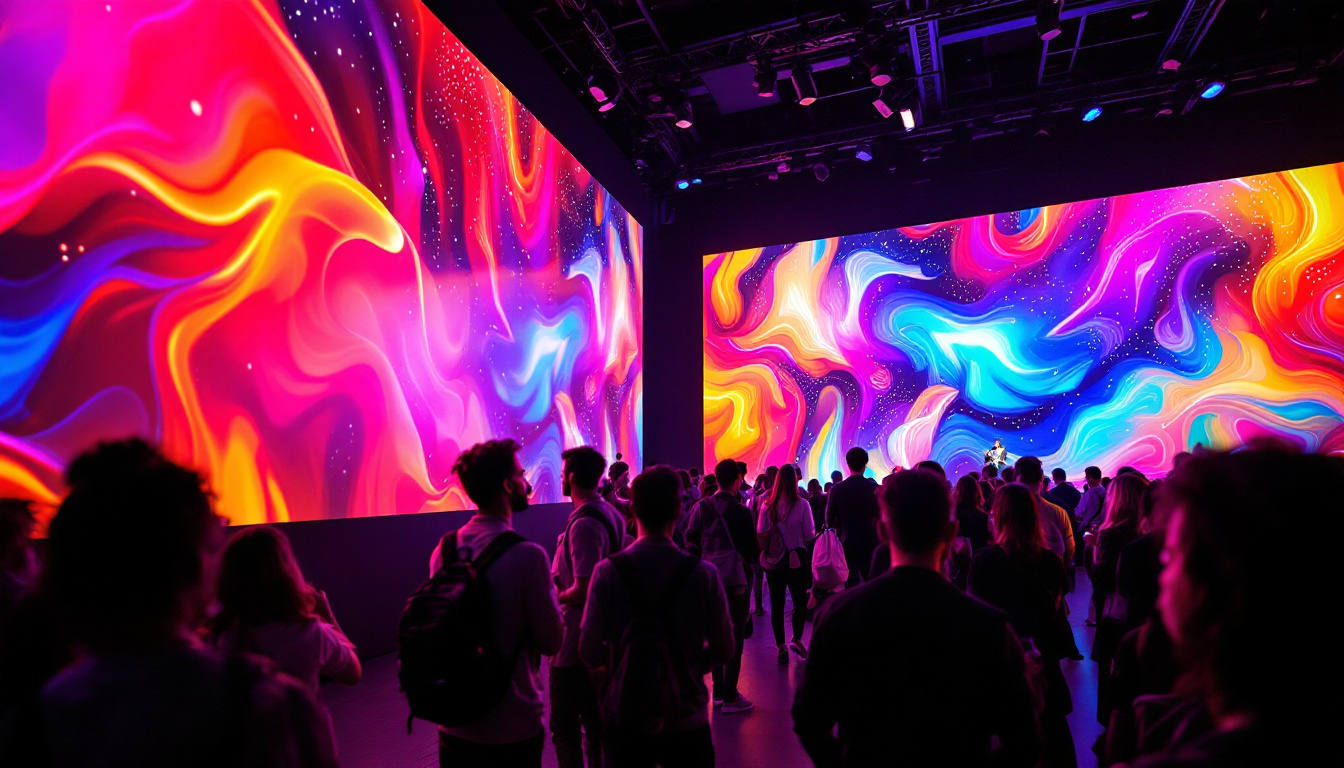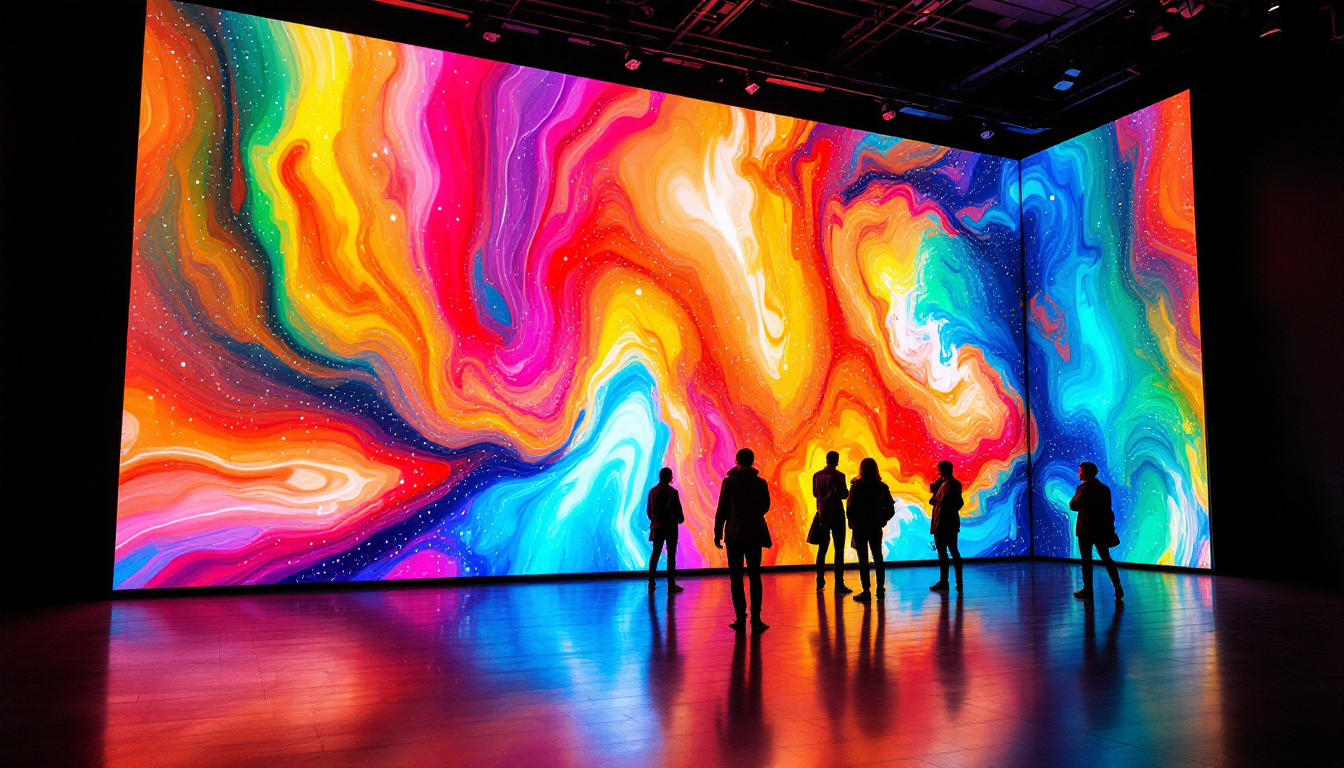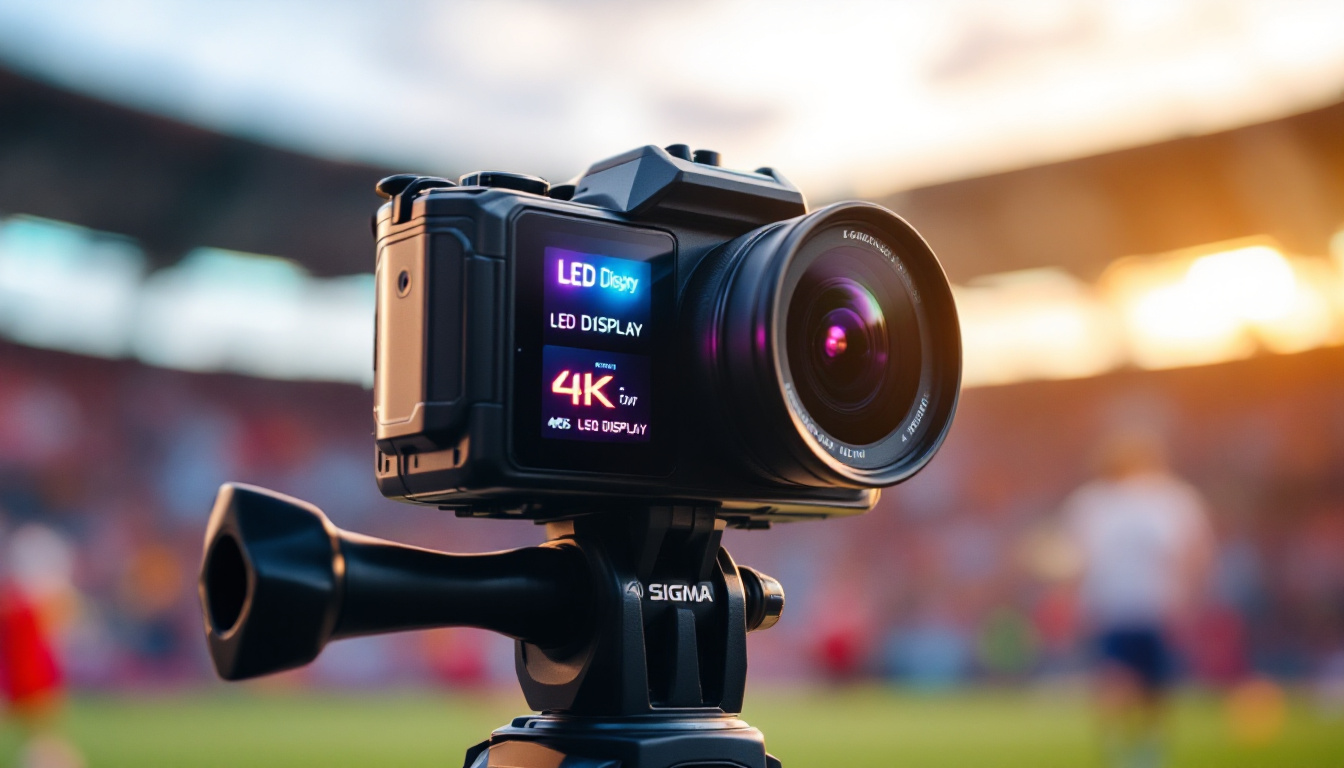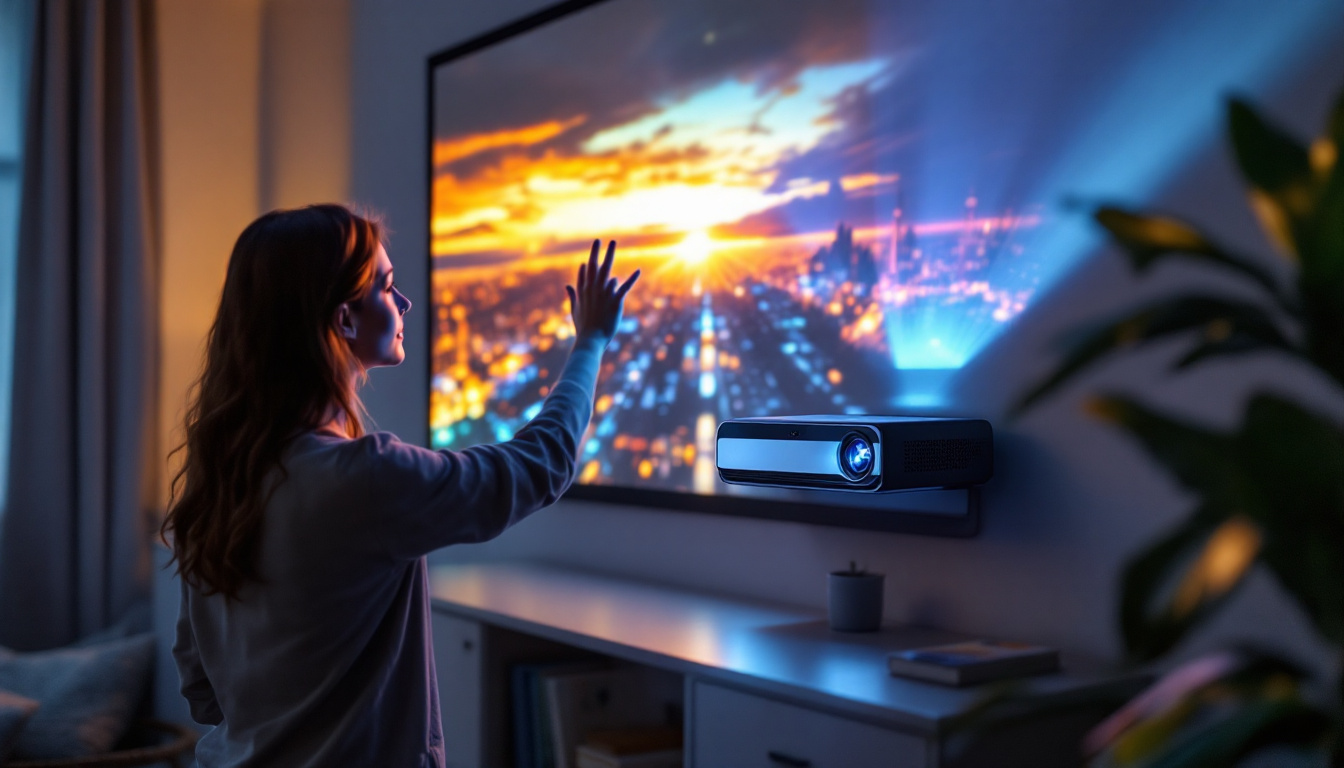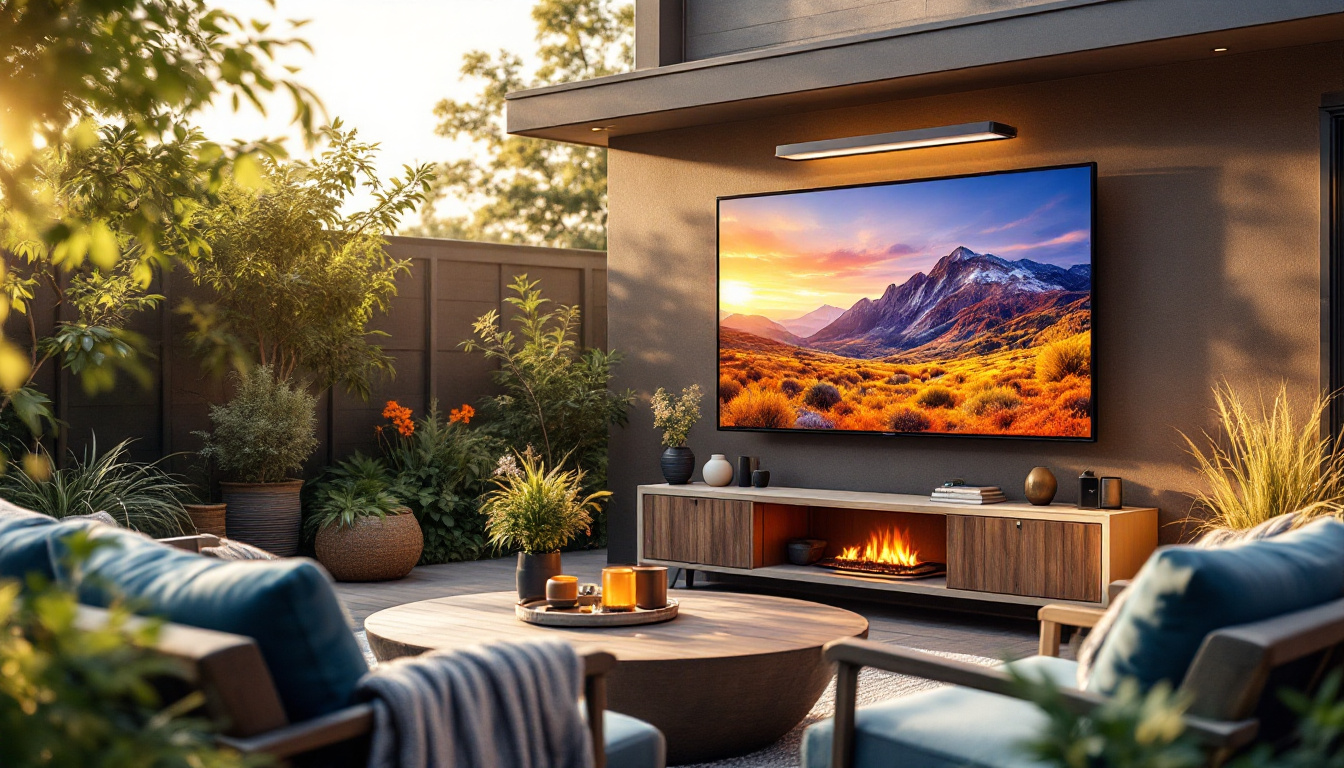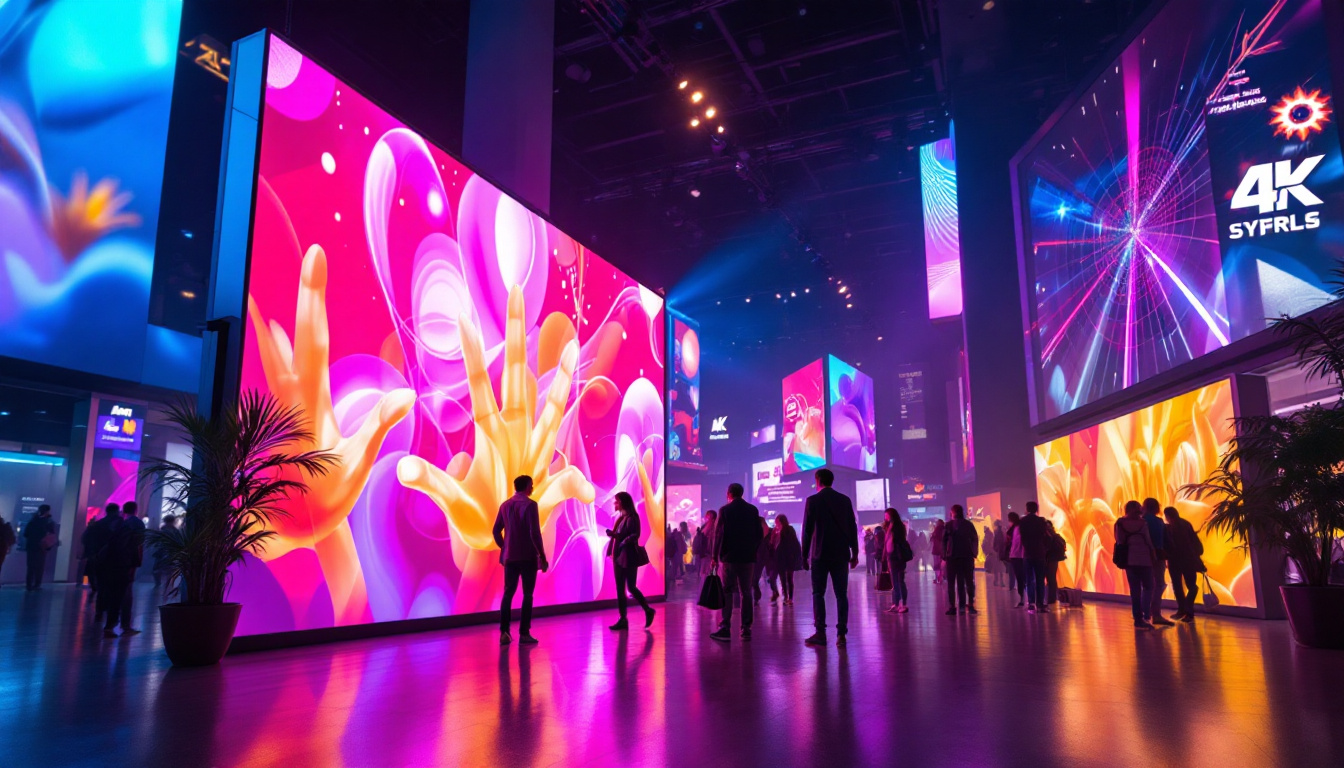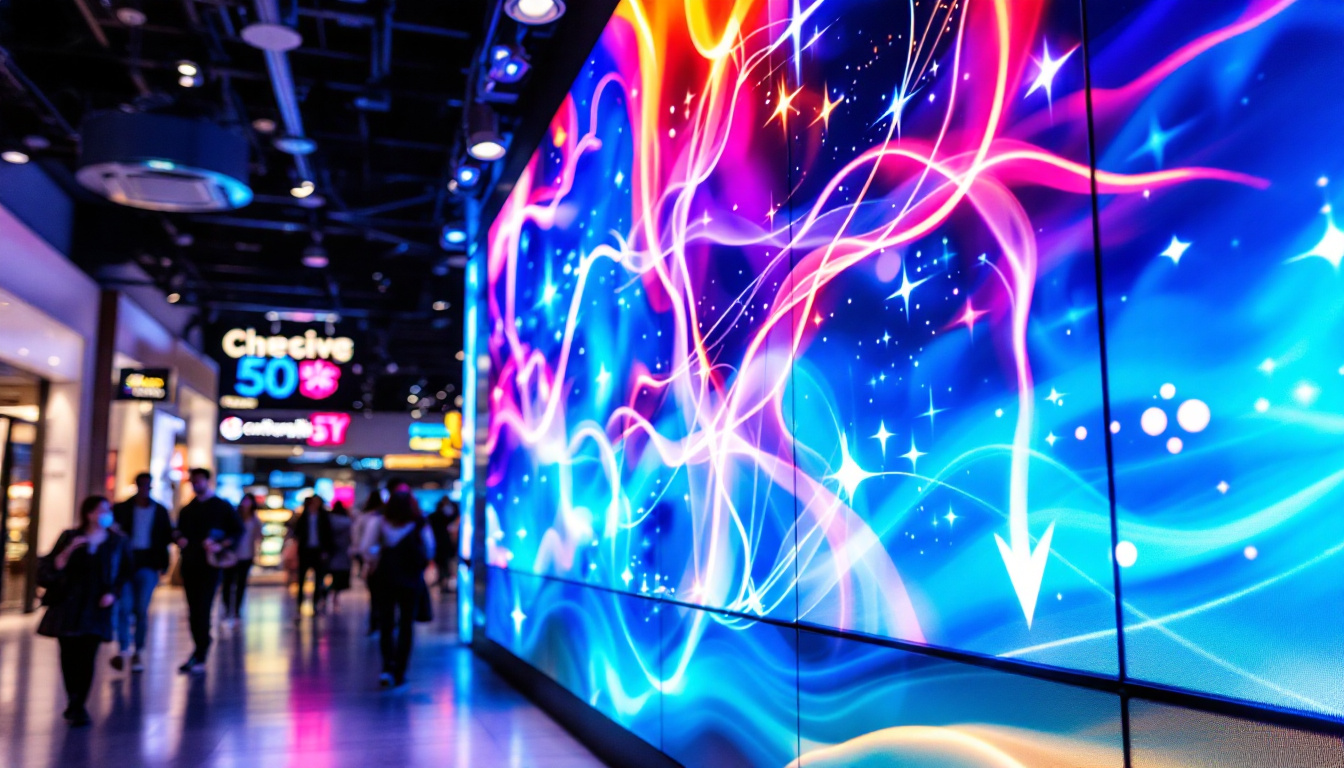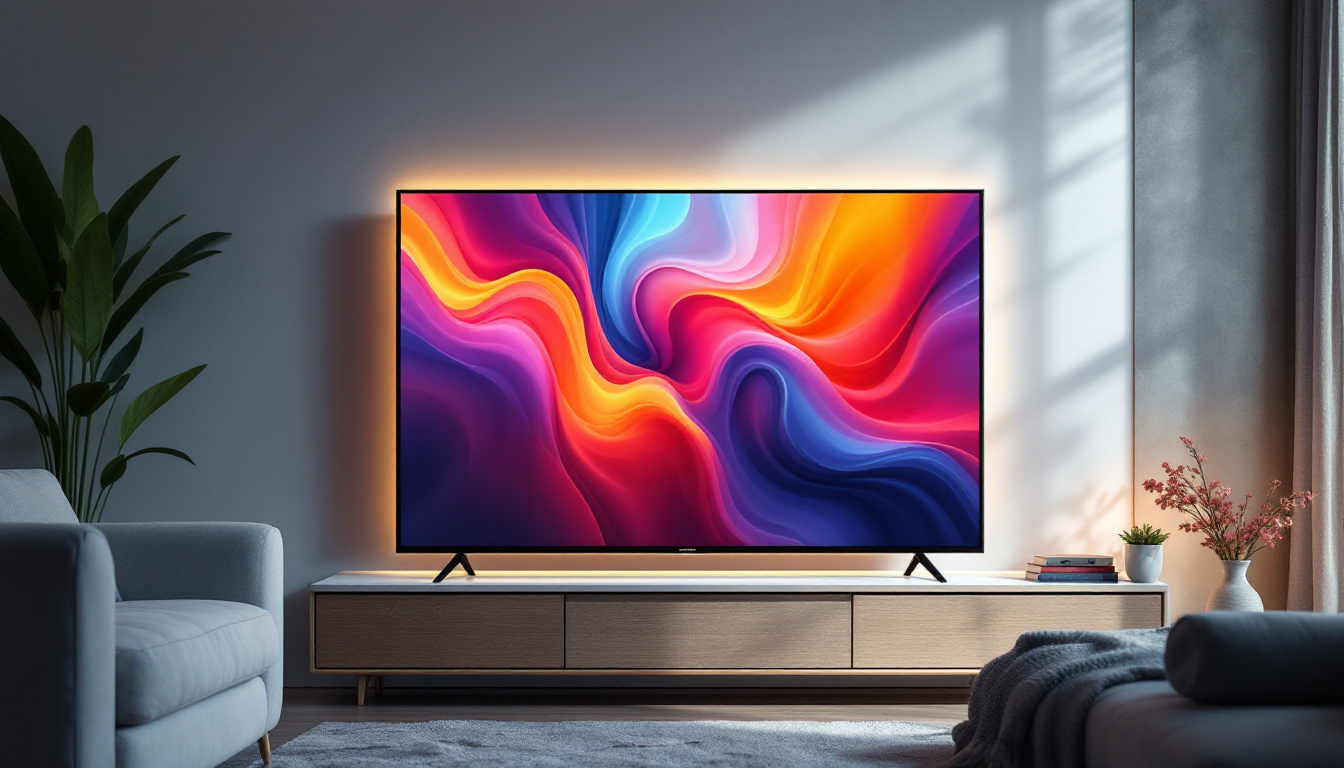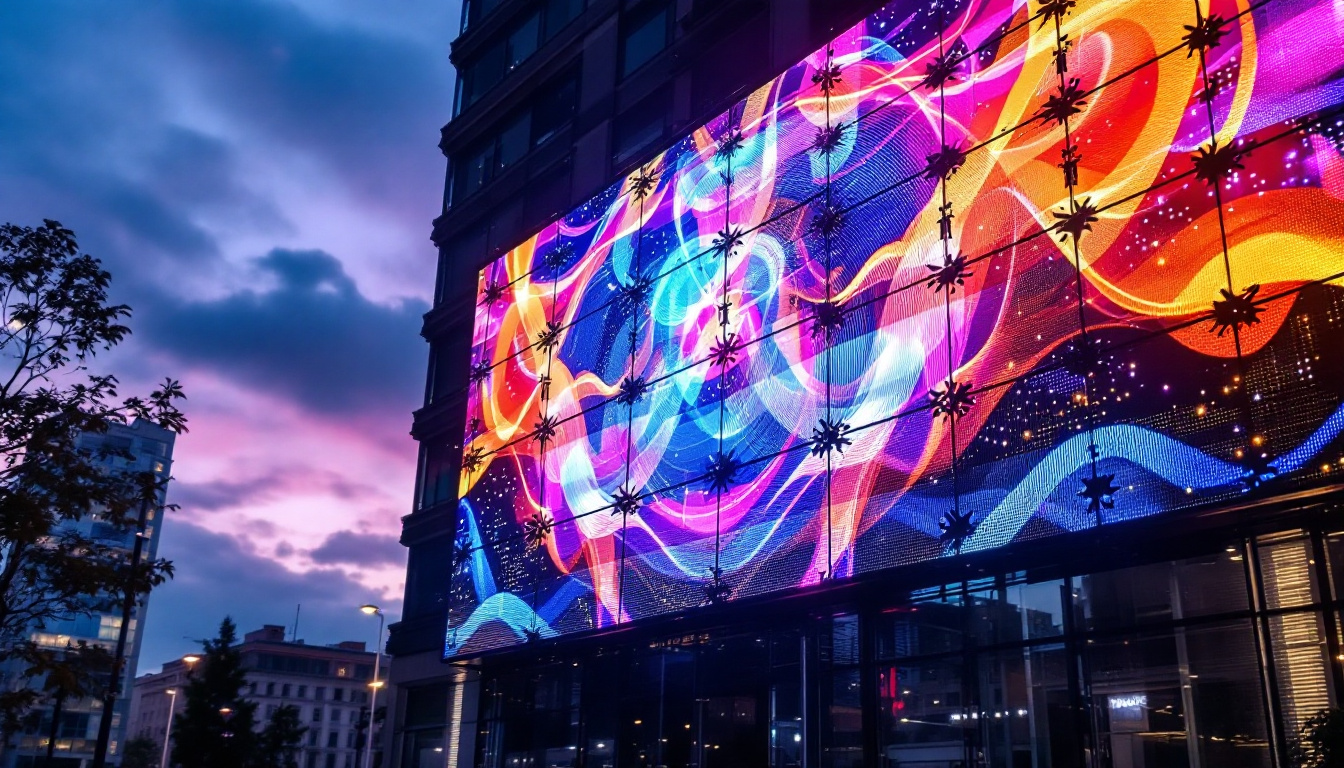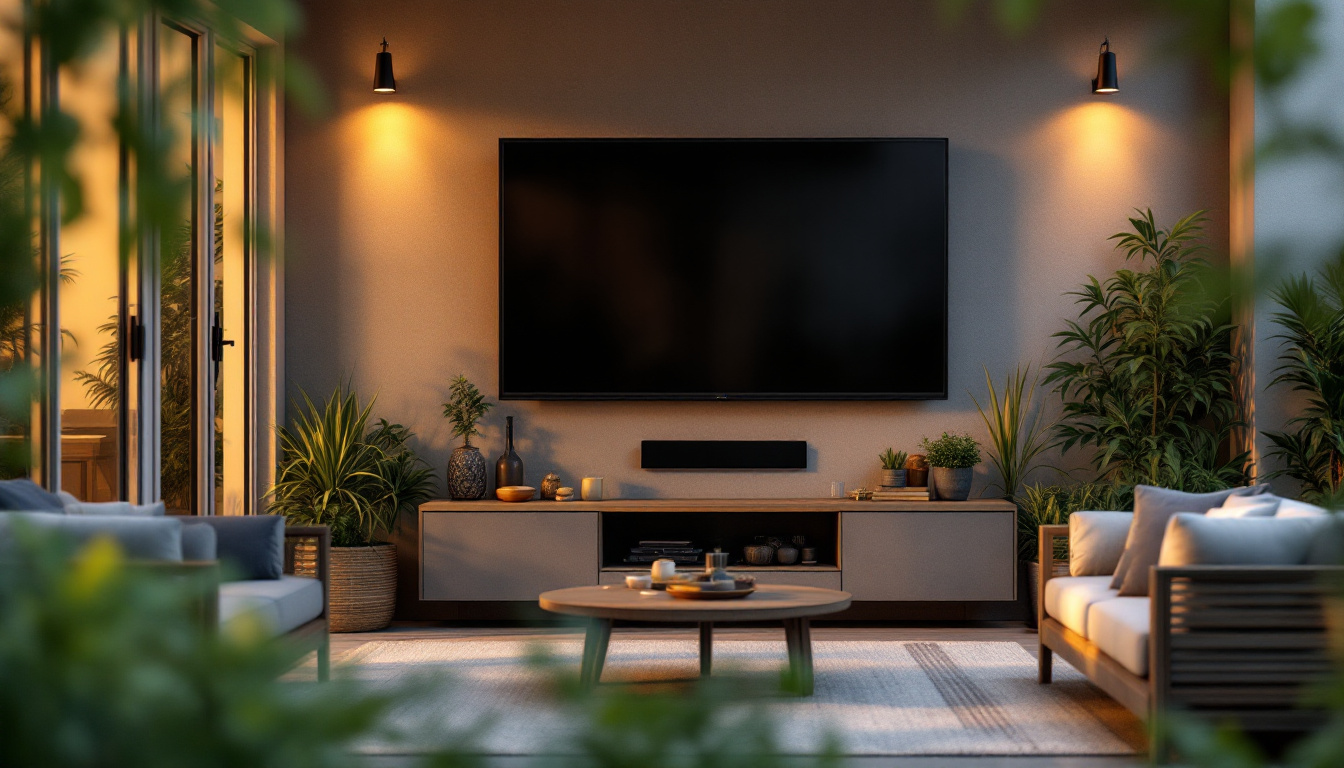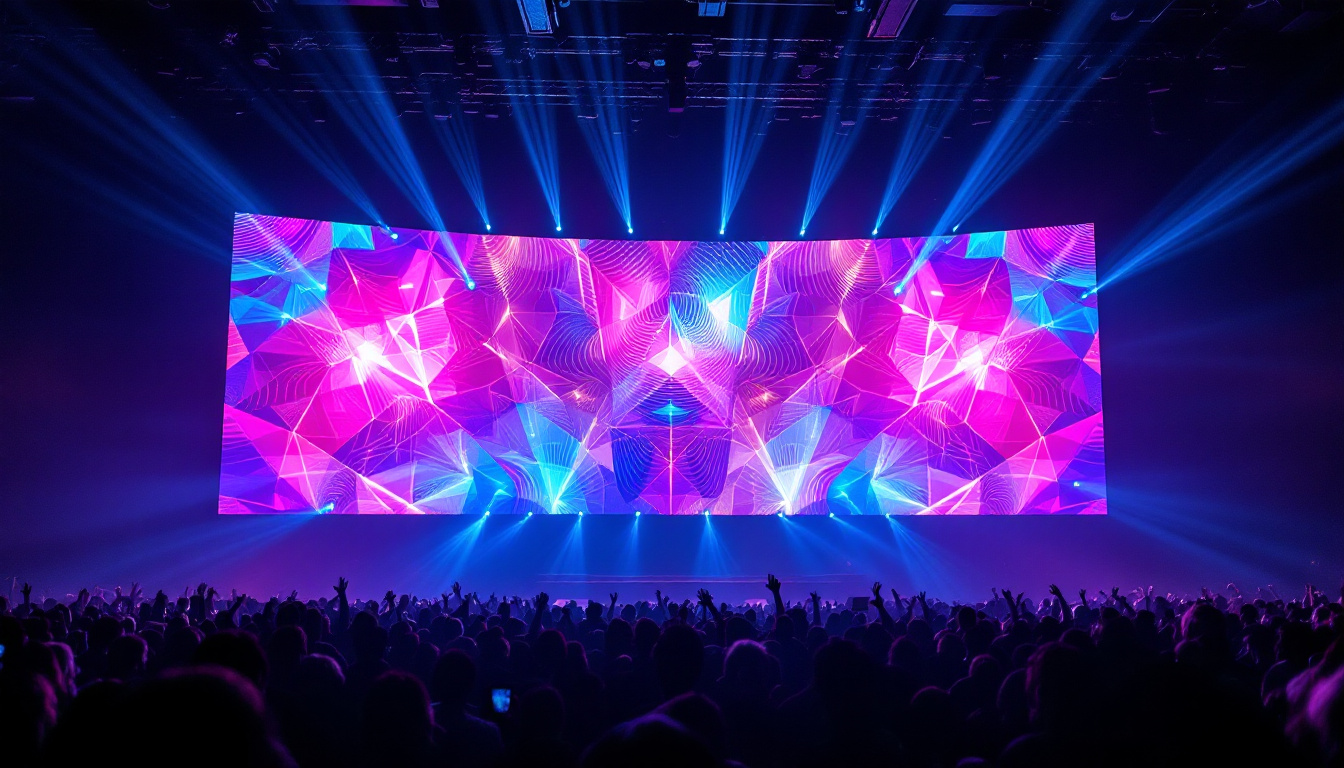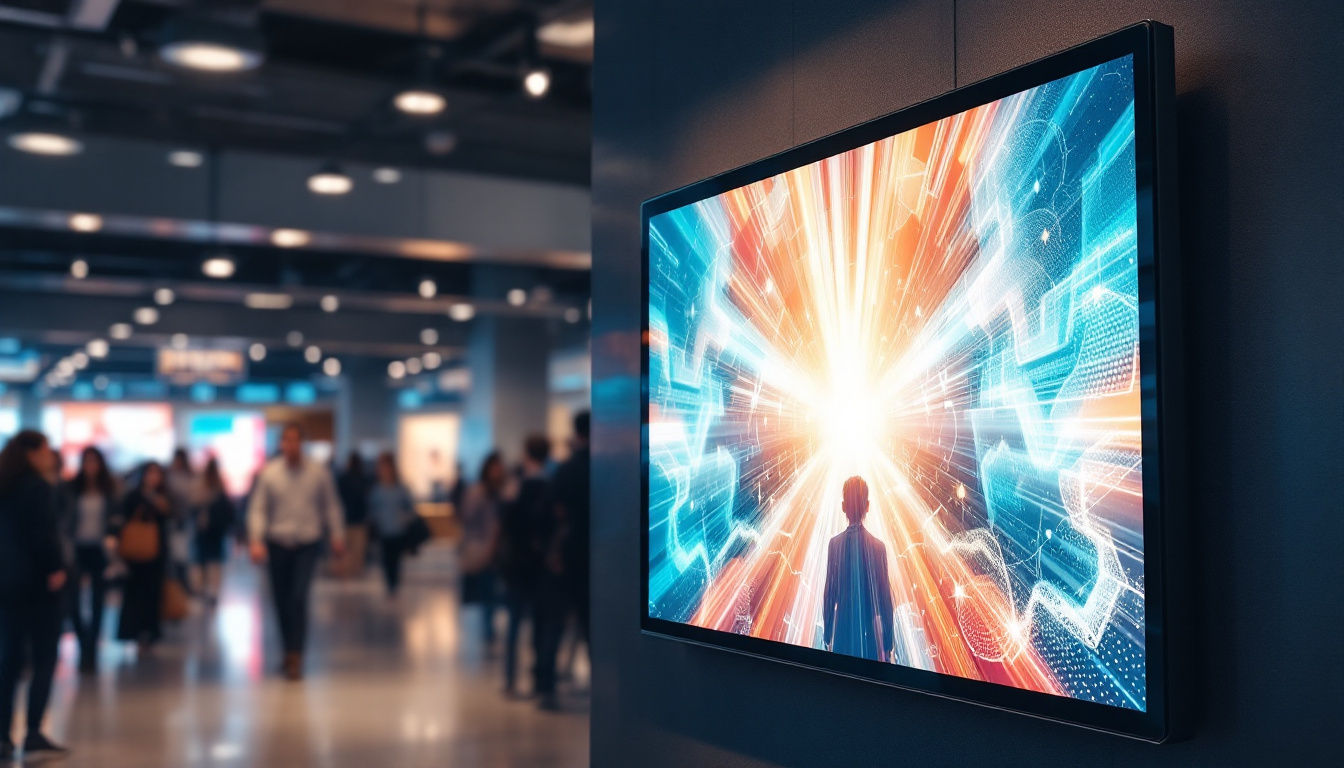Refresh Rate: LED Display Explained
The refresh rate of an LED display is a crucial factor that significantly impacts the viewing experience. It determines how often the image on the screen is updated per second, measured in hertz (Hz). Understanding refresh rates can help consumers make informed decisions when purchasing displays for various applications, from gaming to professional use. This article delves into the intricacies of refresh rates, how they work, and their effects on display performance.
What is Refresh Rate?
Refresh rate refers to the frequency at which a display updates its image. For instance, a refresh rate of 60 Hz means the screen refreshes the image 60 times per second. This metric is vital in determining how smooth and fluid the visuals appear, especially in fast-paced scenarios like gaming or watching action movies.
Understanding the Basics
The concept of refresh rate is rooted in how displays work. Each time the screen refreshes, it redraws the image, allowing for new content to be displayed. higher refresh rates can lead to smoother motion and reduced motion blur, which is particularly important for activities that involve rapid movement.
In contrast, a lower refresh rate can result in choppy visuals and a less enjoyable viewing experience. For instance, a display with a refresh rate of 30 Hz may struggle to keep up with fast-moving scenes, leading to lag and stuttering effects. This can be particularly frustrating in competitive gaming, where every millisecond counts, and players rely on precise timing to execute their strategies effectively.
Common Refresh Rates
Most LED displays come with standard refresh rates of 60 Hz, 120 Hz, and 240 Hz. Each of these rates serves different purposes:
- 60 Hz: This is the standard refresh rate for most televisions and monitors. It is sufficient for general use, such as browsing the web or watching movies.
- 120 Hz: This refresh rate is popular among gamers and those who watch fast-paced sports. It provides a smoother experience, particularly in action sequences.
- 240 Hz: While less common, displays with a 240 Hz refresh rate are preferred by competitive gamers who require the highest level of responsiveness and fluidity.
In addition to these common refresh rates, some modern displays also support variable refresh rates (VRR), which dynamically adjust the refresh rate based on the content being displayed. This technology can help eliminate screen tearing and stuttering, providing a seamless viewing experience. VRR is particularly beneficial for gamers, as it allows for a more immersive experience by synchronizing the display’s refresh rate with the frame rate output by the graphics card.
Moreover, it’s essential to consider the capabilities of the source device when evaluating refresh rates. For example, while a monitor may support a high refresh rate, the graphics card must also be capable of delivering frames at that rate to fully utilize the display’s potential. This interplay between the display and the graphics hardware is crucial for achieving optimal performance, especially in high-stakes gaming scenarios where every detail matters.
Why Refresh Rate Matters
The refresh rate of a display can significantly influence the overall viewing experience. It affects everything from motion clarity to input lag, making it a vital specification to consider when choosing a display.
Impact on Motion Clarity
One of the most noticeable effects of refresh rate is on motion clarity. A higher refresh rate allows for smoother transitions between frames, which is particularly beneficial for fast-moving content. When watching a high-octane action film or playing a fast-paced video game, a higher refresh rate can minimize motion blur, ensuring that the visuals remain sharp and clear.
Conversely, a lower refresh rate can lead to a phenomenon known as “ghosting,” where previous frames linger on the screen, creating a blurry effect. This can be particularly distracting in competitive gaming scenarios, where every millisecond counts. For instance, in first-person shooters, where players must track fast-moving targets, a higher refresh rate can mean the difference between spotting an enemy and missing a critical shot. Additionally, for sports enthusiasts, watching a game with a higher refresh rate enhances the experience, allowing viewers to catch every detail of the action, from the swift movements of players to the intricate choreography of plays.
Reducing Input Lag
Input lag is the delay between a user’s action (like pressing a button) and the corresponding response on the screen. A higher refresh rate can help reduce input lag, providing a more responsive experience. This is crucial for gamers who rely on quick reflexes to succeed in competitive environments.
For example, a display with a 120 Hz refresh rate can process inputs more quickly than a 60 Hz display, allowing for a more immersive and engaging gaming experience. This responsiveness can often be the difference between victory and defeat in high-stakes situations. Moreover, the benefits of reduced input lag extend beyond gaming; they can also enhance the experience of using interactive applications, such as graphic design software or video editing tools, where precise timing and immediate feedback are essential. In these scenarios, a display that can keep up with the user’s actions not only improves productivity but also fosters a more fluid and enjoyable creative process.
Factors Influencing Refresh Rate Performance
While refresh rate is a critical aspect of display performance, several other factors can influence how well a display performs. Understanding these factors can help consumers make more informed choices.
Resolution
Resolution refers to the number of pixels on the screen, typically expressed as width x height (e.g., 1920 x 1080 for Full HD). Higher resolutions require more processing power, which can impact refresh rates. For instance, a 4K display may struggle to maintain high refresh rates compared to a 1080p display due to the increased pixel count.
As a result, consumers should consider both resolution and refresh rate when selecting a display. A balance between the two can ensure optimal performance without sacrificing visual quality.
Display Technology
Different display technologies, such as LCD, OLED, and LED, can also affect refresh rate performance. For instance, OLED displays typically offer faster refresh rates and better response times compared to traditional LCDs. This is due to the way OLED technology works, allowing for quicker pixel transitions and improved motion handling.
When selecting a display, it is essential to consider the technology in conjunction with the refresh rate to ensure the best possible viewing experience.
Choosing the Right Refresh Rate for Your Needs
When it comes to selecting a display, understanding your specific needs is crucial. Different use cases demand different refresh rates, and being aware of these requirements can guide consumers in making the right choice.
For Gaming
Gamers often benefit from higher refresh rates, such as 120 Hz or even 240 Hz. These rates provide smoother gameplay, reduced motion blur, and lower input lag, all of which are essential for competitive gaming. Additionally, many modern gaming consoles and PCs are designed to take advantage of higher refresh rates, making them an attractive option for serious gamers.
Moreover, features like variable refresh rate (VRR) technologies, such as NVIDIA G-Sync or AMD FreeSync, can further enhance the gaming experience by synchronizing the display’s refresh rate with the frame rate output of the graphics card, reducing screen tearing and stuttering.
For General Use
For everyday tasks such as browsing the web, watching movies, or working on documents, a refresh rate of 60 Hz is typically sufficient. This standard refresh rate provides a smooth experience for most users without the need for the higher rates found in gaming monitors.
However, as technology advances and content becomes more dynamic, opting for a higher refresh rate can future-proof a display, ensuring it remains relevant for years to come.
Future Trends in Refresh Rate Technology
The world of display technology is constantly evolving, and refresh rates are no exception. As manufacturers continue to innovate, several trends are emerging that may shape the future of refresh rates in LED displays.
Higher Refresh Rates
As gaming and multimedia content continue to demand more from displays, manufacturers are pushing the boundaries of refresh rates. Displays with refresh rates exceeding 240 Hz are already available, catering to the most demanding gamers and content creators. This trend is likely to continue as technology improves and the need for smoother visuals grows.
Adaptive Refresh Rates
Adaptive refresh rate technologies are becoming increasingly prevalent, allowing displays to adjust their refresh rates dynamically based on the content being displayed. This not only enhances the viewing experience but also improves energy efficiency, as the display can lower its refresh rate during static content to save power.
As these technologies become more refined, consumers can expect even greater improvements in display performance, making it easier to enjoy high-quality visuals across various applications.
Conclusion
The refresh rate of an LED display is a fundamental aspect that influences the overall viewing experience. Understanding how refresh rates work, their impact on motion clarity and input lag, and the factors that influence their performance can help consumers make informed decisions when selecting a display.
Whether for gaming, general use, or professional applications, choosing the right refresh rate is essential for achieving optimal performance. As technology continues to advance, staying informed about trends in refresh rate technology will ensure that consumers are well-equipped to make the best choices for their needs.
In the ever-evolving world of display technology, knowledge is power. By understanding refresh rates and their implications, users can enhance their viewing experiences and enjoy the full potential of their displays.
Discover the Future of Visual Experience with LumenMatrix
Ready to elevate your visual experience with a high-performance LED display? Look no further than LumenMatrix, a leader in innovative LED display technology. Our extensive range of solutions, including Indoor and Outdoor LED Wall Displays, Vehicle LED Displays, LED Poster Displays, LED Sports Displays, Floor LED Displays, Custom LED Displays, All-in-One LED Displays, and LED Transparent Displays, are designed to captivate your audience and amplify your message. Experience the pinnacle of motion clarity, responsiveness, and immersive viewing with our cutting-edge products. Check out LumenMatrix LED Display Solutions today and transform your visual communication into an unforgettable spectacle.




